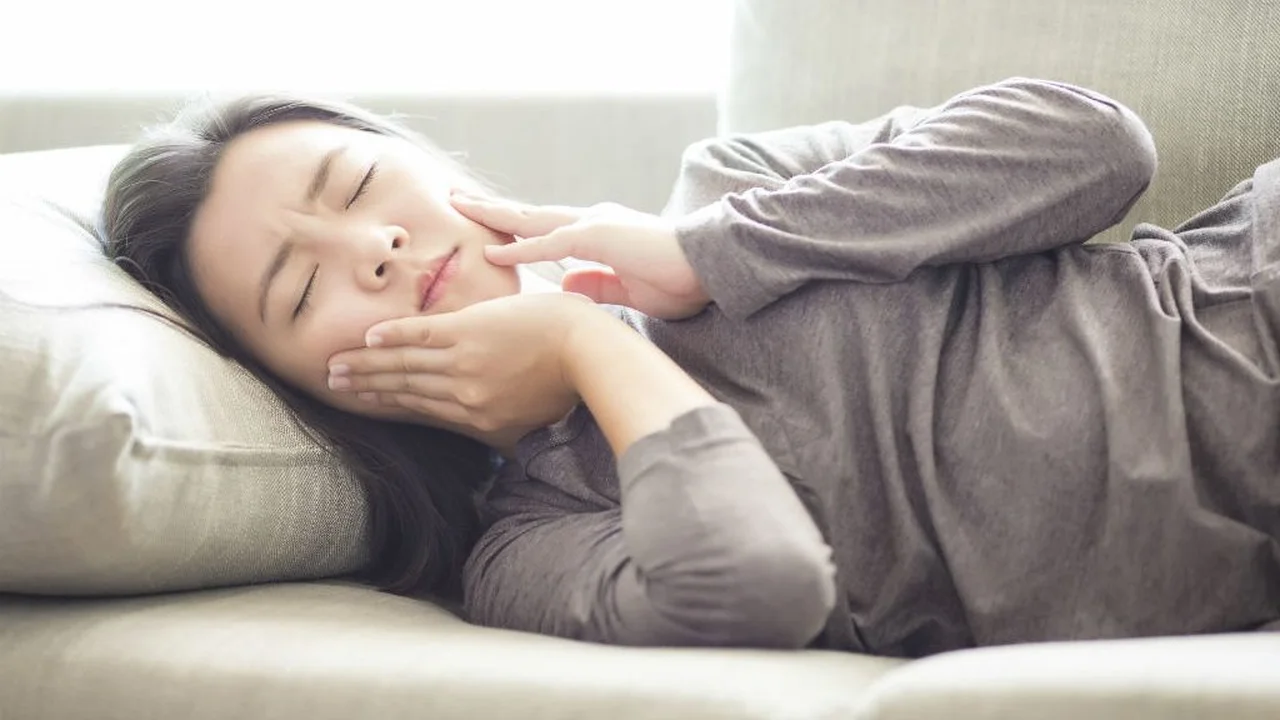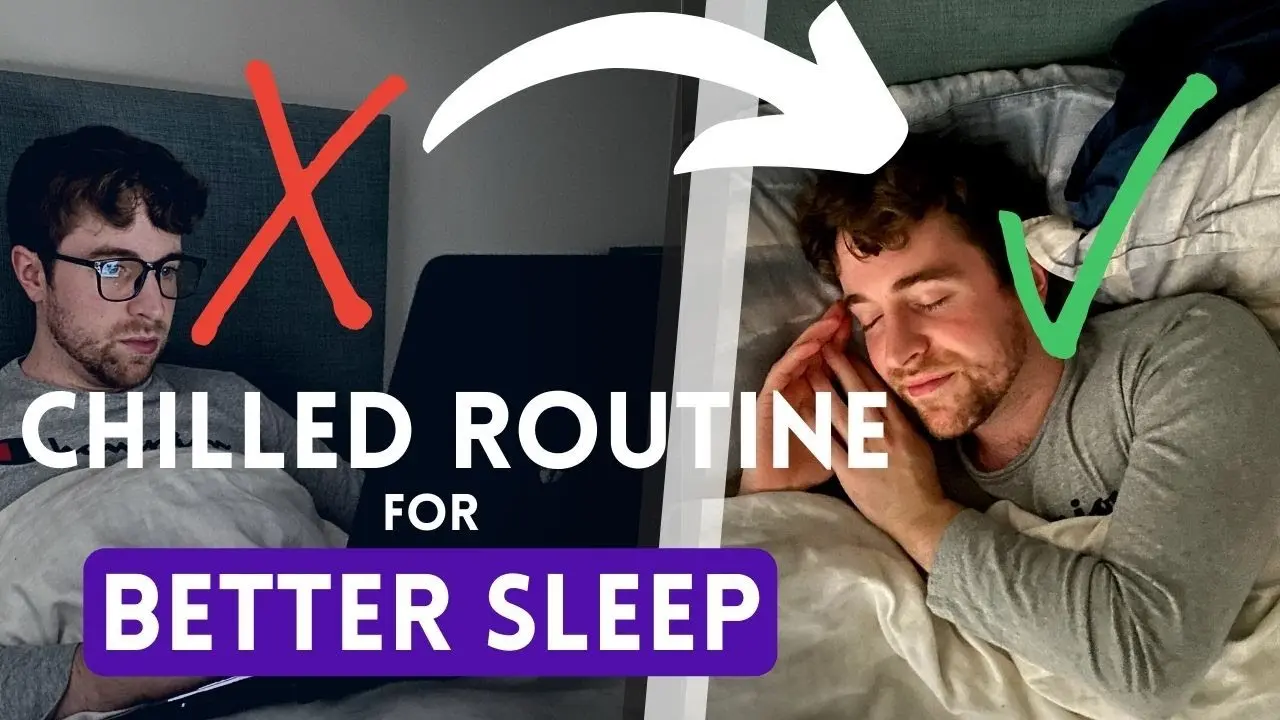Bruxism Teeth Grinding During Sleep
Identify bruxism and its potential health consequences. Discover solutions to protect your teeth and improve sleep.

Identify bruxism and its potential health consequences. Discover solutions to protect your teeth and improve sleep.
Bruxism Teeth Grinding During Sleep
Understanding Bruxism Causes and Symptoms
Bruxism, commonly known as teeth grinding or clenching, is a surprisingly prevalent condition that affects millions worldwide. While some people might occasionally grind their teeth without any significant issues, chronic bruxism can lead to a host of dental problems, jaw pain, headaches, and even disrupt sleep quality. It often occurs unconsciously, particularly during sleep, making it difficult for individuals to realize they have the condition until symptoms become noticeable. The causes of bruxism are multifaceted and can range from psychological factors to physical issues. Stress and anxiety are frequently cited as major contributors. In our fast-paced modern lives, many people carry tension in their jaw, which can manifest as grinding or clenching, especially during periods of heightened emotional pressure. Other psychological factors include anger, frustration, or even personality types that are aggressive or hyperactive.
Beyond psychological aspects, certain physical factors can also play a role. Misaligned teeth (malocclusion), an abnormal bite, or missing teeth can sometimes lead to bruxism as the jaw tries to find a comfortable resting position. Sleep disorders, such as sleep apnea, are also strongly linked to bruxism. The body might clench or grind in an attempt to open the airway during an apneic event. Certain medications, particularly some antidepressants (like SSRIs), can have bruxism as a side effect. Lifestyle choices like excessive consumption of caffeine, alcohol, or recreational drugs can also exacerbate the condition. Smoking is another known risk factor. Recognizing the symptoms is the first step towards addressing bruxism. Common signs include flattened, fractured, chipped, or loose teeth. You might also notice increased tooth sensitivity, especially to hot or cold. Jaw pain, soreness in the jaw muscles, or a tired feeling in the jaw after waking up are strong indicators. Headaches, particularly dull headaches originating in the temples, and earaches (which are often referred pain from the jaw) are also frequently reported. Some individuals might experience facial pain or even damage to the inside of their cheek from biting. If your sleep partner complains about grinding noises during the night, that's a direct sign you might be experiencing sleep bruxism.
Diagnosing Bruxism Dental and Medical Approaches
Diagnosing bruxism typically involves a thorough examination by a dentist. During a dental check-up, your dentist will look for physical signs of bruxism, such as excessive wear on your teeth, chipped enamel, or indentations on your tongue or inner cheeks. They might also check for tenderness in your jaw muscles or temporomandibular joints (TMJ). It's crucial to be open with your dentist about any symptoms you're experiencing, including jaw pain, headaches, or difficulty opening your mouth wide. They might ask about your stress levels, sleep habits, and any medications you're taking. In some cases, if the diagnosis isn't clear or if other sleep disorders are suspected, your dentist might recommend a sleep study (polysomnography). This involves monitoring your brain activity, muscle activity, heart rate, and breathing during sleep to identify episodes of grinding or clenching and rule out conditions like sleep apnea. While a sleep study provides the most definitive diagnosis for sleep bruxism, it's not always necessary for every case. Often, a combination of clinical examination and patient-reported symptoms is sufficient for a preliminary diagnosis and the initiation of treatment.
Protecting Your Teeth The Role of Night Guards
One of the most common and effective treatments for bruxism, especially sleep bruxism, is the use of a night guard, also known as an occlusal splint or bite guard. These custom-fitted devices are worn over your teeth, usually the upper arch, during sleep. Their primary function is to create a physical barrier between your upper and lower teeth, preventing them from grinding against each other. This not only protects your teeth from wear and tear, fractures, and chipping but also helps to absorb the forces of clenching, reducing strain on your jaw muscles and TMJ. Night guards can be broadly categorized into custom-made (dentist-prescribed) and over-the-counter options. Custom-made night guards are fabricated by your dentist after taking impressions of your teeth. They are made from durable acrylic or a combination of hard and soft materials, ensuring a precise fit and maximum comfort. While more expensive, their superior fit and durability make them highly effective and long-lasting. Over-the-counter options, such as boil-and-bite mouthguards, are more affordable and readily available. These are softened in hot water and then molded to your teeth. While they offer some protection, they are generally less comfortable, less durable, and may not provide the same level of protection or stability as custom-made guards. They are often a good temporary solution or for mild cases.
Recommended Night Guard Products
When it comes to night guards, the choice often boils down to custom-fit versus over-the-counter. Here's a look at some popular options and their use cases:
1. Custom-Fit Night Guards (Dentist Prescribed)
- Description: These are the gold standard for bruxism treatment. Your dentist takes impressions of your teeth, and a dental lab fabricates a guard from durable acrylic. They can be hard, soft, or a hybrid of both.
- Use Case: Ideal for chronic and severe bruxism, significant tooth wear, TMJ pain, or when over-the-counter options have failed. They offer the best protection, comfort, and longevity.
- Pros: Superior fit, maximum comfort, highly durable, effective in protecting teeth and reducing jaw pain, can last for several years.
- Cons: Higher initial cost (typically $300-$800, sometimes covered by dental insurance), requires a dental visit for impressions and fitting.
- Example: Your local dental clinic will offer these. Brands like Glidewell or Great Lakes Orthodontics produce the materials and labs that dentists use.
2. Boil-and-Bite Mouthguards (Over-the-Counter)
- Description: These are made from thermoplastic material that softens in hot water, allowing you to bite into them to create a custom impression.
- Use Case: Good for mild to moderate bruxism, temporary relief, or as an affordable starting point before investing in a custom guard. Also useful for athletes who need mouth protection.
- Pros: Affordable (typically $15-$50), readily available at pharmacies and online, provides immediate protection.
- Cons: Less comfortable and bulky than custom guards, less durable (may need frequent replacement), can sometimes shift during sleep, may not provide optimal protection for severe cases.
- Examples:
- DenTek Comfort-Fit Nightguard: Around $20. Known for its slim design and ease of molding. Good for those who find traditional boil-and-bite guards too bulky.
- SleepRight Dura-Comfort Dental Guard: Around $30. Features a flexible design that doesn't require boiling. It uses bite pads that fit between your molars.
- Ora-Guard Dental Grind Guard: Around $25. A popular boil-and-bite option that offers good cushioning.
3. Custom-Fit Mail-Order Night Guards
- Description: These companies send you an impression kit, you take your own impressions, and send them back. They then fabricate a custom guard and mail it to you.
- Use Case: A good middle-ground option for those who want a custom fit without the higher cost of a dentist-made guard, or for those who have difficulty getting to a dentist.
- Pros: More affordable than dentist-made custom guards (typically $80-$200), custom fit, convenient as it's done from home.
- Cons: Requires you to take accurate impressions yourself (can be tricky), no direct dental supervision, may not be suitable for complex cases.
- Examples:
- Remi Custom Night Guards: Starting around $99. Offers different thicknesses and materials (soft, hybrid, hard). Known for good customer service.
- ClearClub Custom Night Guards: Starting around $95. Provides various options for upper or lower teeth, and different levels of hardness.
- JS Dental Lab Custom Night Guards: Starting around $120. Offers professional-grade materials and a good reputation for quality.
Beyond Night Guards Holistic Approaches to Bruxism Management
While night guards are excellent for protecting your teeth, they don't address the underlying causes of bruxism. For long-term management, especially when stress or anxiety are factors, a holistic approach is often necessary. Stress reduction techniques are paramount. Practices like meditation, yoga, deep breathing exercises, and mindfulness can significantly help in managing daily stress levels. Regular physical activity can also be a great stress reliever. Consider incorporating a relaxing evening routine before bed, such as a warm bath, reading a book, or listening to calming music, to help your body and mind wind down. Avoiding stimulants like caffeine and alcohol, especially in the hours leading up to bedtime, can also make a difference. These substances can disrupt sleep patterns and increase muscle tension, potentially exacerbating bruxism. Quitting smoking, if applicable, is another beneficial step for overall health and can reduce bruxism. Biofeedback is a technique that can help individuals become more aware of their muscle activity and learn to control it. Through sensors, you receive real-time feedback on your jaw muscle tension, allowing you to consciously relax these muscles. This can be particularly effective for daytime clenching. Physical therapy, including jaw exercises and massage, can help alleviate pain and improve jaw function. A physical therapist can teach you specific stretches and techniques to relax your jaw muscles. In some severe cases, particularly when TMJ pain is significant, your doctor might recommend Botox injections into the jaw muscles. Botox temporarily weakens the muscles, reducing their ability to clench and grind, thereby alleviating pain and protecting teeth. This is typically considered after other treatments have been explored. Addressing any underlying sleep disorders, such as sleep apnea, is also crucial. If sleep apnea is diagnosed, treating it with a CPAP machine or other interventions can often lead to a significant reduction in bruxism episodes. Consulting with a medical professional, such as a sleep specialist, can help identify and manage these co-existing conditions. Ultimately, a multi-pronged approach that combines dental protection with lifestyle modifications and stress management techniques offers the best chance for long-term relief from bruxism and its associated symptoms.
Lifestyle Adjustments for Bruxism Relief
Making certain lifestyle adjustments can significantly contribute to reducing bruxism. One key area is managing your daily stress. Identify your stress triggers and find healthy coping mechanisms. This could involve setting boundaries, delegating tasks, or simply scheduling downtime for relaxation. Regular exercise is a powerful stress reducer; even a brisk walk can help release tension. Pay attention to your posture, especially if you spend a lot of time at a desk. Poor posture can contribute to jaw and neck tension. Try to be mindful of your jaw position throughout the day. Avoid clenching your teeth or resting your chin on your hand. Keep your lips together but your teeth apart, with your tongue resting lightly on the roof of your mouth. This is the ideal resting position for your jaw. Limit your intake of hard, chewy foods, especially if you're experiencing jaw pain, as this can further strain your jaw muscles. Chewing gum excessively can also contribute to jaw fatigue and clenching. Consider incorporating magnesium-rich foods into your diet or taking a magnesium supplement, as magnesium is known for its muscle-relaxing properties. However, always consult with a healthcare professional before starting any new supplements. Establishing a consistent sleep schedule and creating a relaxing bedtime routine can also improve overall sleep quality, which in turn can reduce the likelihood of sleep bruxism. This includes dimming lights, avoiding screens, and engaging in calming activities before bed. By integrating these lifestyle changes, you can create an environment that is less conducive to teeth grinding and promote better overall oral and general health.
When to Seek Professional Help for Bruxism
While many people can manage mild bruxism with lifestyle changes and over-the-counter night guards, there are clear signs that indicate it's time to seek professional help. If you experience persistent or worsening jaw pain, headaches, or earaches that don't subside with home remedies, it's crucial to consult a dentist or a TMJ specialist. Significant tooth damage, such as severe wear, fractures, or loose teeth, also warrants immediate professional attention to prevent further complications. If your sleep partner reports loud grinding noises that disrupt their sleep, or if you suspect you might have sleep apnea due to symptoms like snoring, gasping for air during sleep, or excessive daytime sleepiness, a sleep specialist should be consulted. They can conduct a sleep study to accurately diagnose any underlying sleep disorders. If stress and anxiety are major contributors to your bruxism and you find yourself unable to manage them effectively, seeking help from a therapist or counselor can be beneficial. They can provide strategies for stress management, cognitive behavioral therapy (CBT), or other interventions. For children who grind their teeth, while often temporary, persistent bruxism should be evaluated by a pediatric dentist to monitor tooth development and prevent long-term issues. Ultimately, if bruxism is significantly impacting your quality of life, causing pain, or leading to dental damage, don't hesitate to reach out to a dental or medical professional. Early intervention can prevent more severe problems and help you find effective solutions for a healthier, more comfortable life.
:max_bytes(150000):strip_icc()/277019-baked-pork-chops-with-cream-of-mushroom-soup-DDMFS-beauty-4x3-BG-7505-5762b731cf30447d9cbbbbbf387beafa.jpg)






